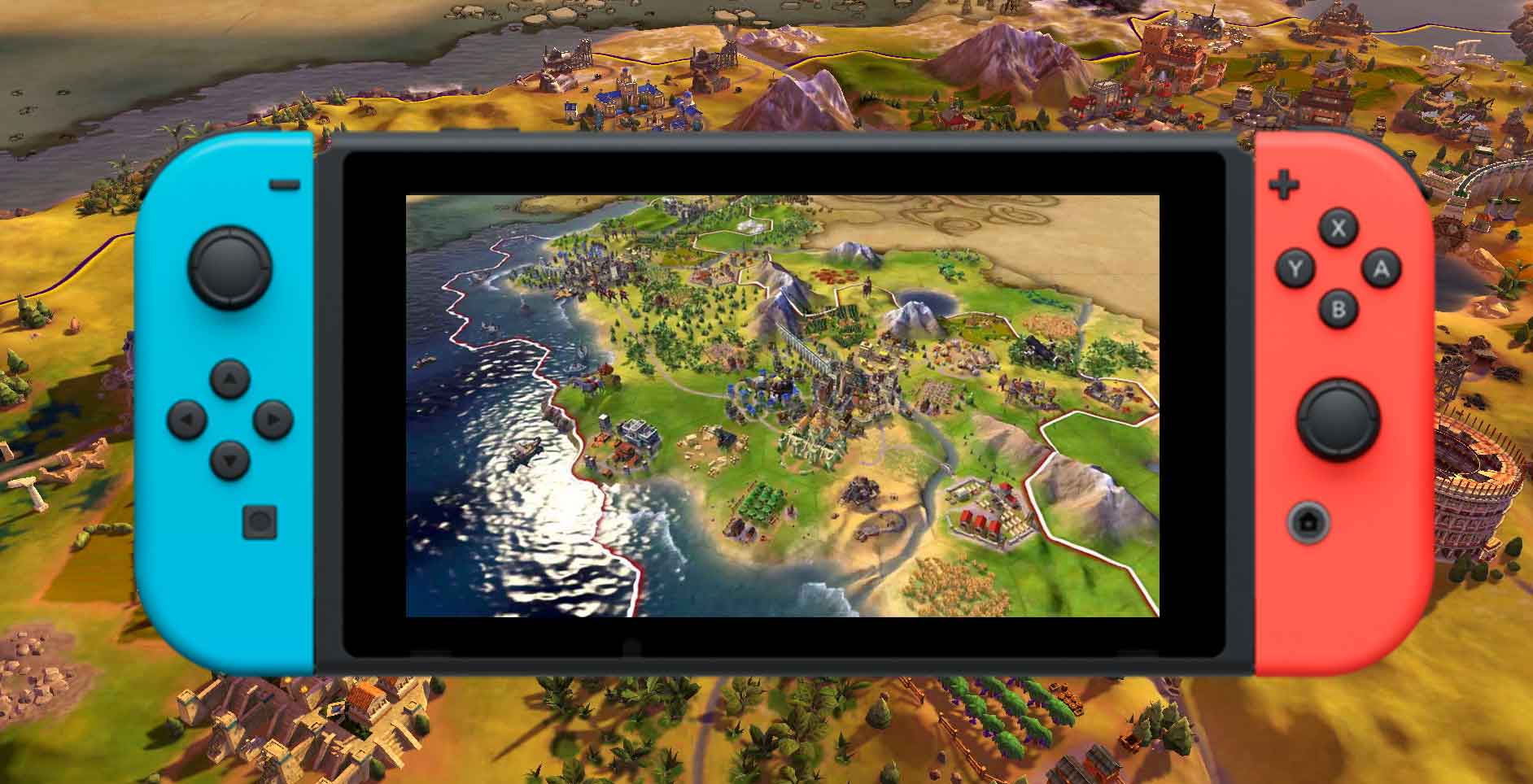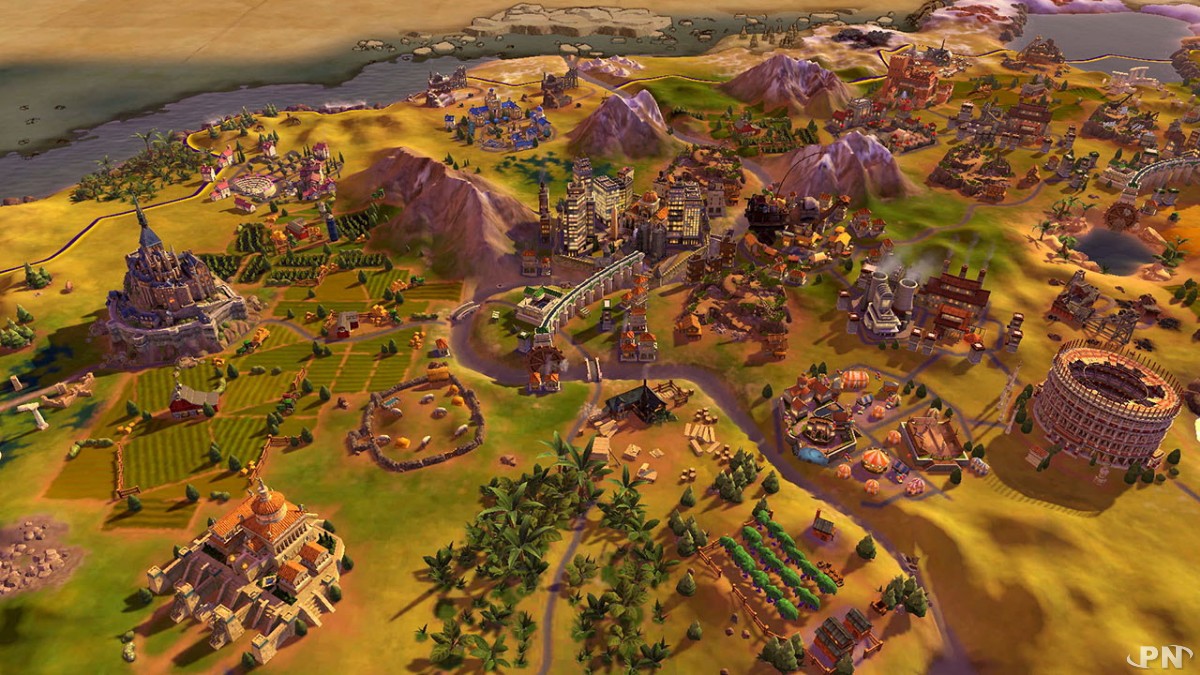
The historical experiences of societies, peoples and nations reveal patterns of continuity and change. Studying the past makes it possible for us to understand the human story across time. TIME, CONTINUITY, AND CHANGE Social studies programs should include experiences that provide for the study of the past and its legacy. As students progress through high school, they can understand and use complex cultural concepts such as adaptation, assimilation, acculturation, diffusion, and dissonance that are drawn from anthropology, sociology, and other disciplines to explain how culture and cultural systems function. They learn to analyze specific aspects of culture, such as language and beliefs, and the influence of culture on human behavior. In the middle grades, students begin to explore and ask questions about the nature of various cultures, and the development of cultures across time and place. They begin to identify the cultural basis for some celebrations and ways of life in their community and in examples from across the world. In social studies, learners interact with class members and discover culturally-based likenesses and differences. Young learners can explore concepts of likenesses and differences among cultural groups through school subjects such as language arts, mathematics, science, music, and art. In schools, this theme typically appears in units and courses dealing with geography, history, sociology, and anthropology, as well as multicultural topics across the curriculum. They will acquire knowledge and understanding of culture through multiple modes, including fiction and non-fiction, data analysis, meeting and conversing with peoples of divergent backgrounds, and completing research into the complexity of various cultural systems. Through experience, observation, and reflection, students will identify elements of culture as well as similarities and differences among cultural groups across time and place. The study of culture prepares students to ask and answer questions such as: What is culture? What roles does culture play in human and societal development? What are the common characteristics across cultures? How is unity developed within and among cultures? What is the role of diversity and how is it maintained within a culture? How do various aspects of culture such as belief systems, religious faith, or political ideals, influence other parts of a culture such as its institutions or literature, music, and art? How does culture change over time to accommodate different ideas, and beliefs? How does cultural diffusion occur within and across communities, regions, and nations? In a multicultural, democratic society and globally connected world, students need to understand the multiple perspectives that derive from different cultural vantage points.Ĭultures are dynamic and change over time.

Students come to understand that human cultures exhibit both similarities and differences, and they learn to see themselves both as individuals and as members of a particular culture that shares similarities with other cultural groups, but is also distinctive.

The study of culture examines the socially transmitted beliefs, values, institutions, behaviors, traditions and way of life of a group of people it also encompasses other cultural attributes and products, such as language, literature, music, arts and artifacts, and foods. Human beings create, learn, share, and adapt to culture. Social studies programs should include experiences that provide for the study of culture and cultural diversity.


 0 kommentar(er)
0 kommentar(er)
